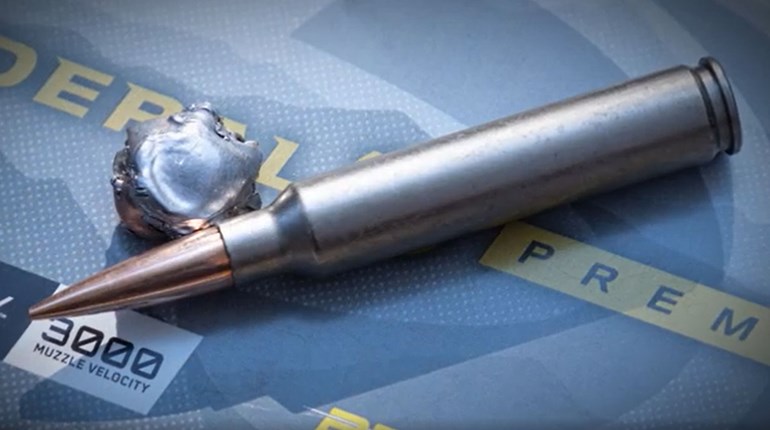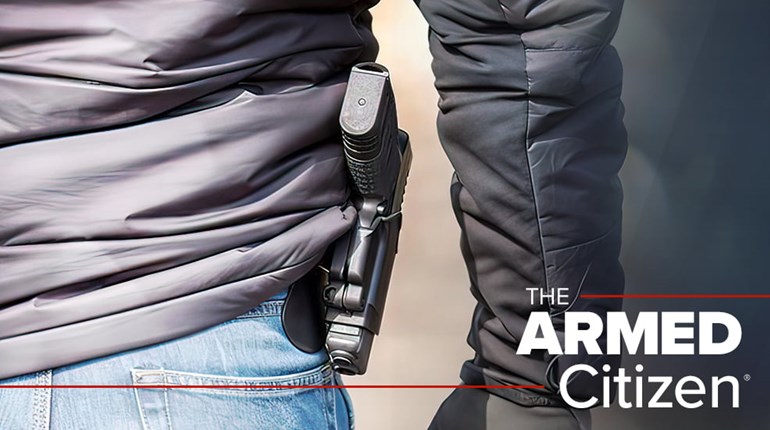After the horrifying terrorist attack of Sept. 11, 2001, Captain Phillip Beall, a pilot with a major commercial carrier for 38 years now, was frustrated that a solution he had long advocated for had not been enacted. This attack did give him a chance to get more traction in his advocacy for practical solutions. This begins with allowing pilots and co-pilots, the very men and women we already trust with our lives when we step on board, the chance to further defend our lives with concealed sidearms.
“I was a part-time law-enforcement officer reservist for Dallas County, Texas,” said Beall. “Even when I was a co-pilot back in the mid-eighties, I used to jokingly tell the captains I was flying with that if they just had one of those break-glass-and-retrieve-this-in-case-of-a-hijacking boxes on board, you know, with a firearm in it, I could keep anything really bad from happening.”
Still, the bureaucracy spent decades preventing pilots from carrying firearms on board airplanes.
At first, the FAA people said, “Absolutely not.”
But Beall advanced a motion that stated that the Allied Pilots Association supported a program to train and certify pilots to carry firearms while flying. After some debate, it passed.
“So, I spoke with our two lobbyists. They were a couple of former Department of Transportation people who had last worked in the White House under the Carter administration. They were pretty clueless about how to get this accomplished,” said Beall.
So, he called the NRA.
“The NRA knows how to get things like this done, so we were on our way. This is why people join the NRA. The NRA advocates for their freedom, and this is a critical component of it,” said Beall.
Here is Beall’s story in his own words.





















